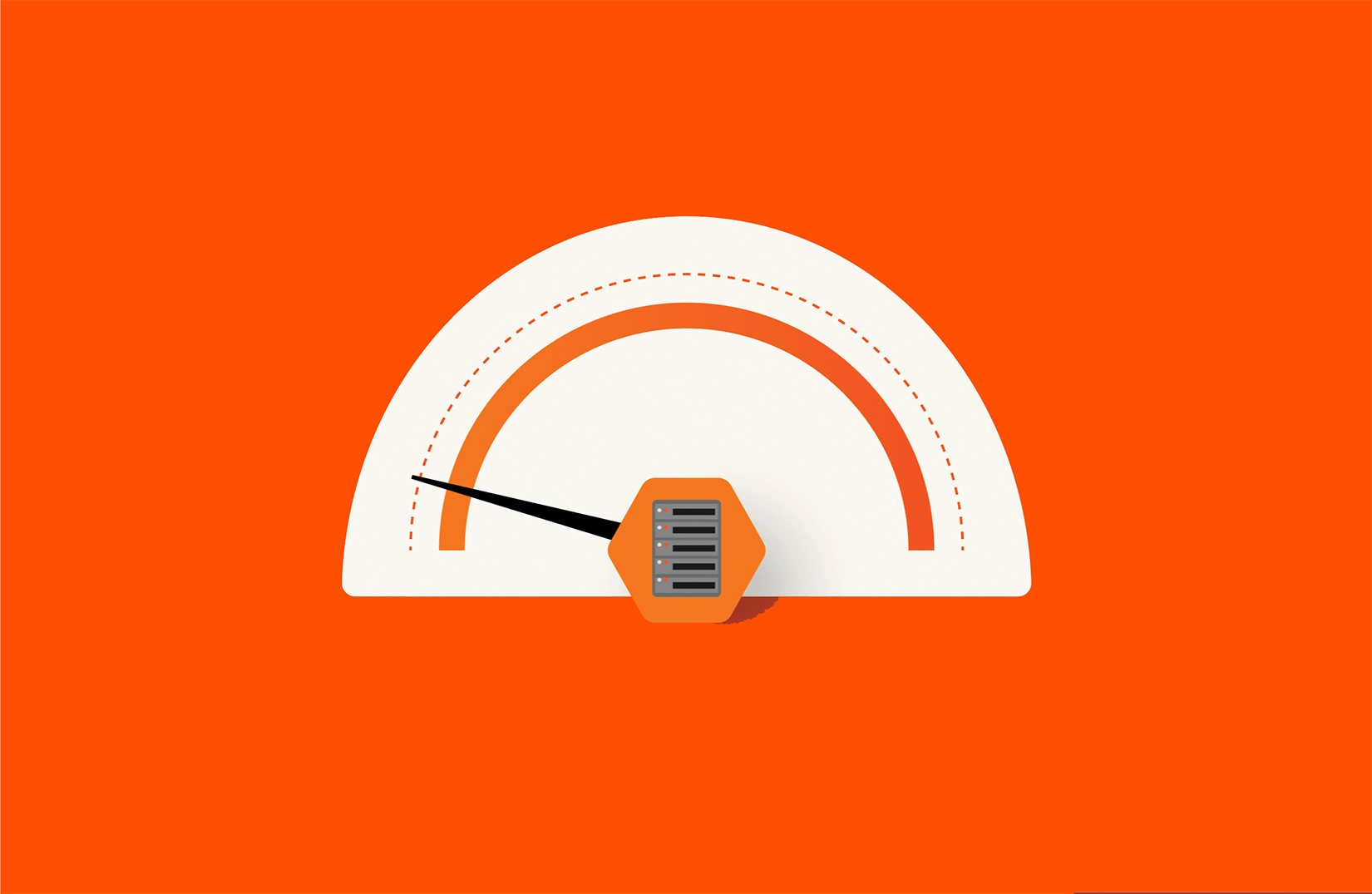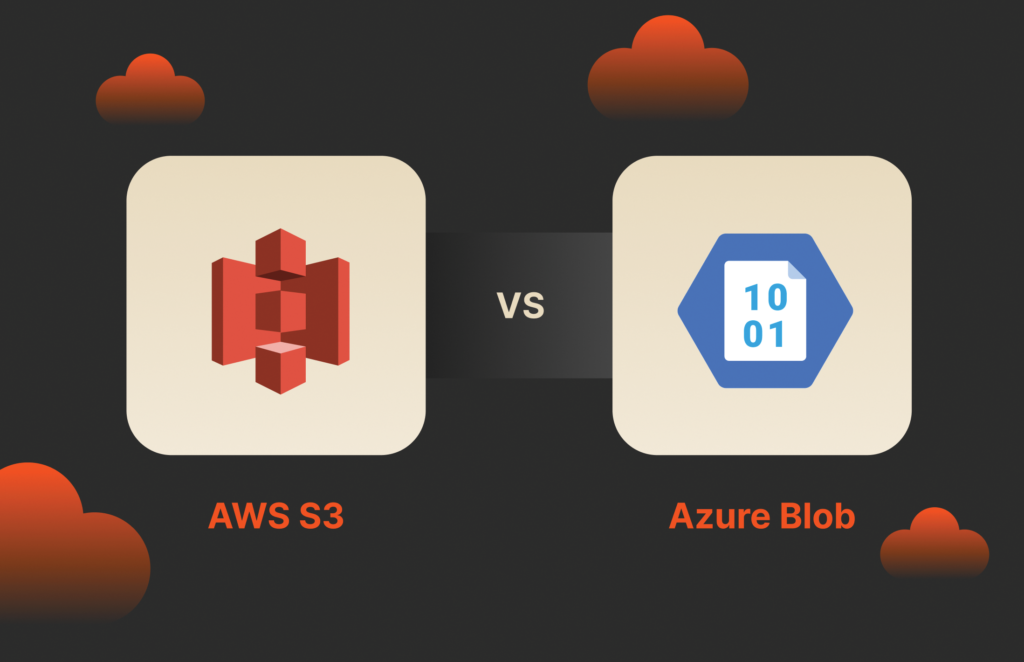In an era marked by aggressive ESG goals and a heightened focus on reducing carbon footprints, the quest for more energy-efficient data centers has never been more critical. As enterprises make procurement decisions based more on efficiency and data center footprints, knowledge is power in determining which technologies are superior—and have the measurable results to prove it.
This article explores power usage effectiveness (PUE) and its significance in measuring and mitigating data center power consumption.
Related reading: How efficient IT infrastructure can save more than just energy costs >>
What Is Power Usage Effectiveness (PUE)?
Power usage effectiveness (PUE) is a metric designed to evaluate the efficiency of a data center by comparing the total energy consumed by a data center or facility with the energy utilized by the facility’s IT equipment. PUE serves as a benchmark for assessing the efficiency of data centers in terms of energy consumption.
In general, achieving a low PUE score in the data center can help enterprises not only achieve cost savings but also improve environmental sustainability. As the global focus on sustainability intensifies, PUE is becoming an important metric in discussions around corporate responsibility and environmental impact.
How to Calculate PUE
PUE is calculated using this straightforward formula:
PUE = Total Facility Energy / IT Equipment Energy
Note that total facility energy includes lighting, cooling, and other noncomputing functions. With this, PUE can quantify how much energy is used for the overall operation of a data center compared to the energy specifically consumed by the IT equipment. Separating the two can help bring clarity to the technology specifications that are required to support efforts to reduce data centers’ environmental impact and operational costs.
To put this into perspective: A PUE of 1.0 would indicate perfect efficiency, meaning all power is going directly to IT equipment. In practice, most data centers would aim for a PUE as close to 1.0 as possible. However, industry benchmarks for average PUE of data centers worldwide hover around 1.58.
Leading companies and organizations are setting aggressive targets, striving for PUE values below the industry average. Recent reports show measurable progress, with one major tech company achieving a PUE score of 1.15 through the adoption of cutting-edge cooling technologies and renewable energy sources.


Understanding Data Center Power Consumption
Data center power consumption encapsulates the totality of energy used to facilitate IT infrastructure within these facilities—not only the energy directly consumed by the servers, storage systems, and networking equipment (IT equipment energy) but also the ancillary energy required for cooling, lighting, and other support systems (non-IT equipment energy).
Together, these components paint a comprehensive picture of a data center’s power profile:
- IT equipment energy: The primary driver of power consumption in data centers is the energy expended by the IT equipment itself. This includes servers, storage arrays, networking hardware, and any other devices directly involved in processing and storing data.
- Cooling systems: Cooling systems represent a significant portion of non-IT equipment energy consumption. As servers operate, they generate heat, necessitating sophisticated cooling infrastructure to maintain optimal operating temperatures. This includes precision air conditioning, liquid cooling systems, and other technologies designed to dissipate excess heat.
- Power distribution and conversion: Power distribution systems, including transformers and uninterruptible power supplies (UPS), play a crucial role in ensuring a stable and reliable power supply to IT equipment. However, these systems introduce an additional layer of energy consumption, contributing to the overall power usage in a data center.
What Causes High Power Consumption in a Data Center?
Several factors can lead to elevated power consumption in data centers, impacting both operational costs and environmental sustainability. These can include:
- Outdated hardware, with lower energy efficiency that can significantly contribute to increased power usage
- Inefficient cooling systems that fail to adapt dynamically to varying workloads, often resulting in excessive energy expenditure
- Underutilized equipment sitting idle
- Storage arrays working overtime to store redundant data
Consider a data center that relies on legacy servers and disk-based storage with lower energy efficiency ratings. These servers demand more power to deliver the same computational output as modern, energy-efficient counterparts. In such cases, upgrading to newer hardware can lead to substantial energy savings.
Additionally, inefficient cooling practices, such as maintaining constant low temperatures across the entire data center regardless of actual workload, contribute to unnecessary energy consumption. Implementing smart, dynamic cooling solutions that adjust based on the heat generated by active servers can optimize energy usage.
The Importance of Monitoring and Managing Power Usage
Monitoring and managing data center power usage are critical aspects of maintaining efficiency. Regular assessment of energy consumption patterns allows data center operators to identify areas of improvement and implement targeted solutions.
For example, an energy efficiency SLA can help ensure the efficiency of storage arrays. An SLA for energy efficiency is a guarantee from a service provider that specifically outlines the power utilization metrics. The purpose is to ensure adherence to a strict energy usage limit, which is possible thanks to accurate, real-time energy usage metrics. For example, a data storage array’s power consumption may be monitored in a real-time dashboard, creating both transparency and accountability.
By adopting intelligent power management tools and practices like SLAs, organizations can mitigate unnecessary energy wastage, reduce operational costs, and align their data center operations with sustainability goals.
Impact of PUE on Data Center Power Consumption and the Environment
The environmental ramifications of high power consumption in data centers extend far beyond operational costs. The energy demands of these facilities, driven by the relentless surge in digital activities, contribute substantially to greenhouse gas emissions. The carbon footprint of data center operations comes not only from the consumption of electricity but also from the entire life cycle of the infrastructure and its supply chain, including manufacturing, transportation, disposal, and recycling. The extraction and production of raw materials for servers and other equipment, coupled with the energy-intensive processes involved, further amplify the environmental toll.
As data centers continue to proliferate to meet the escalating demands of our interconnected world, the imperative to address their environmental impact becomes paramount.
Optimizing Data Center Power Consumption with Pure Storage
A paradigm shift toward sustainable practices in the data center is imperative—and understanding PUE can help. Implementing energy-efficient hardware, optimizing cooling systems, and embracing renewable energy sources are pivotal steps toward achieving sustainability.
At Pure Storage, we believe this is part of why the all-flash data center is imminent. Our technology, including the Pure//E™ Family, delivers:
- 84.7% energy savings compared to competitor all-flash solutions
- 96% less space required compared to hybrid disk storage
- 1,000% more storage density by running fewer units per rack
- Reduction of e-waste by up to 85%
Also, Evergreen® storage subscriptions offer an energy efficiency SLA and a first-of-its-kind Paid Power and Rack Space Commitment for organizations activating an Evergreen//One™ or Evergreen//Flex™ subscription on or after October 10, 2023.
Download the white paper to learn more: Efficient IT infrastructure can save more than just energy costs.

Written By:
Achieve Measurable Savings
Learn more about how efficient IT infrastructure can save more than just energy costs.






